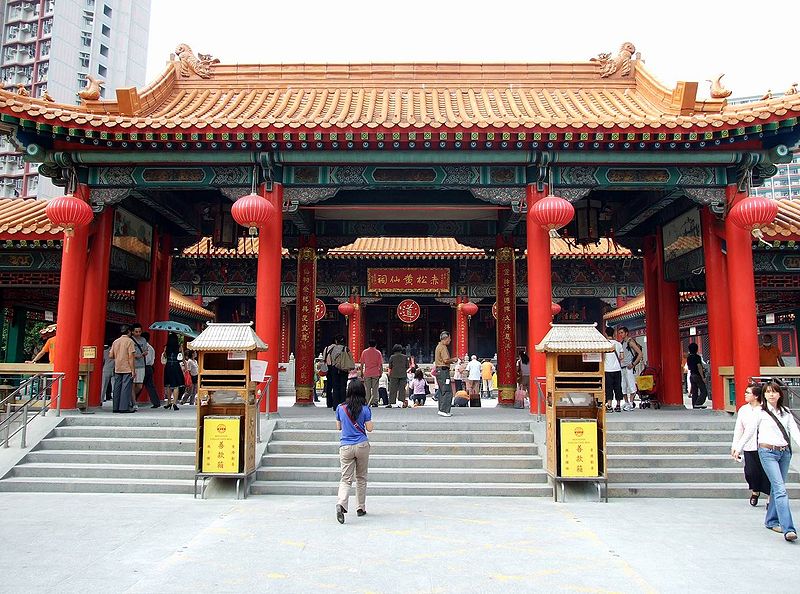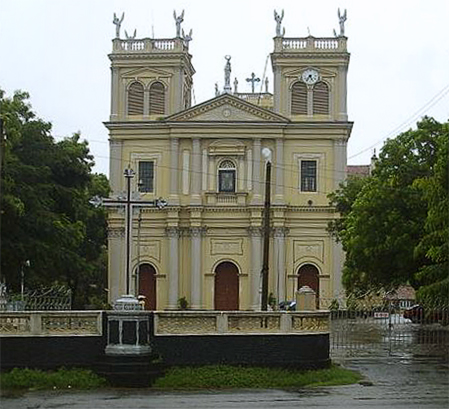
Located in the north of Kowloon towards the southern side of Lion rock, the temple is a major tourist destination of the country due to its magnificent depiction of Chinese heritage and as it is within the easy reach of most tourist resorts surrounding Kowloon or neighbouring hotels in Wan Chai, Hong Kong such as the Cosmo Hotel Wan Chai Hong Kong.
With a land extent of 18, 000sqm, the temple dates back to the year of 1915, when it was constructed in commemoration of the Wong Chupping. Legend has it that Wong, who embraced Taosim at a very young age, achieved enlightenment after years of intense practising and following the noble teaching. He is said to be immortal and to use his power and mercy to heal the wounded and the broken, rescue the dying and punish the evil.
The temple features a grand hall, the nine dragon wall, the Taoist temple and the three-saint hall. The main hall is adorned with imposing and colourful Taoist drawings and carving. It is built with traditional Chinese architecture and has a majestic golden roof festooned with blue bands, giant red pillars, and beige latticework. A manmade garden similar to summer palace in Beijing was built in the temple premises to celebrate its 70th anniversary in 1991.
The temple is often thronged with visitors enthusiastic in Chinese cultural heritage and worshippers seeking spiritual peace. Most worshipers bring offerings such as fruits, chicken, pork and incense for noble luck. The temple is festive with lion dances and fire dragon dances during new year, it is also considered good fortune to offer incense to Wong Tai Sin first in the new year, so you will often find worshippers lined outside the temple on new year’s eve.
The temple is also famous for Kau Cim, a method of fortune telling where you shake a bamboo bottle with numbered bamboo until the sticks get loose. Producing this at the fortune teller, you are able to get your desired advice.
Catalina Forbes is a travel writer who bases her content on many thrilling escapades experienced across the world.










